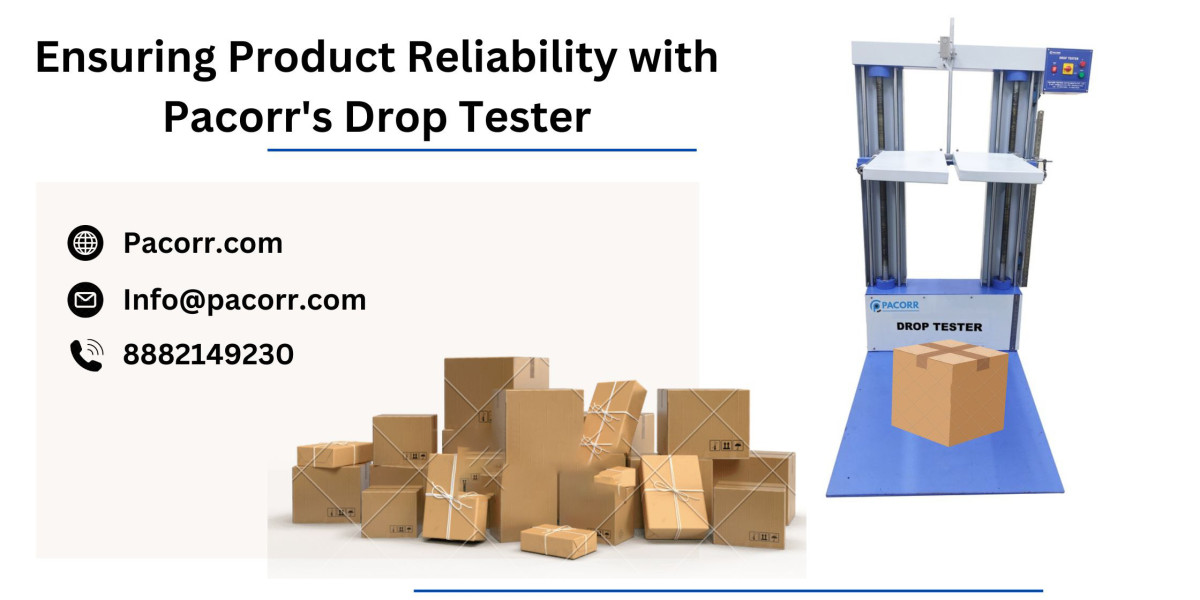Understanding the distinction between Vendor or Customer in Sage 50 is essential for accurate bookkeeping, streamlined workflows, and reliable reporting. While both represent contacts in your accounting system, they serve opposite functions and require different treatment within Sage 50. In this guide, we’ll explain who vendors and customers are, highlight their key differences, and show you how Sage 50 manages each to keep your financial data organized and error‑free.
What Is a Vendor in Sage 50?
In Sage 50, a vendor (also known as a supplier) is any individual or company from which you purchase goods or services. Vendors drive your accounts payable processes, and accurate vendor records enable you to:
Record Purchases: Log bills, purchase orders, and inventory receipts.
Track Payables: Monitor outstanding bills and due dates.
Manage Terms: Apply payment terms (e.g., Net 30, Net 60) and early‑payment discounts.
Maintain Supplier History: Review past purchases, spending patterns, and vendor performance.
Vendors in Sage 50 reside under the Vendors & Purchases module. Each vendor record includes details such as contact information, payment terms, default expense accounts, tax codes, and remittance addresses.
What Is a Customer in Sage 50?
A customer in Sage 50 is any party that purchases goods or services from your business. Customers underpin your accounts receivable activities, allowing you to:
Issue Invoices: Generate and send sales invoices or quotes.
Track Receivables: Monitor outstanding invoices and payment statuses.
Set Credit Limits: Control exposure by defining maximum credit balances.
Analyze Sales: Review revenue by customer, region, or product line.
Customers are managed within the Customers & Sales module. Customer records capture essential data like billing and shipping addresses, payment terms, default sales accounts, tax settings, and contact details.
Key Differences Between Vendors and Customers
| Aspect | Vendor | Customer |
|---|---|---|
| Role in Transactions | Supplies goods/services → You receive a bill | Purchases goods/services → You issue an invoice |
| Ledger Impact | Increases Accounts Payable liability | Increases Accounts Receivable asset |
| Module Location | Vendors & Purchases | Customers & Sales |
| Default GL Accounts | Purchases, Freight, Discounts Taken | Sales, Freight, Discounts Allowed |
| Payment Terms | Net 15, Net 30, Net 60, early‑payment discounts | Net 30, COD, installment plans |
| Aging Reports | Vendor Aging Report | Customer Aging (A/R) Report |
| Record Lifecycle | Enter bills → Pay bills → Reconcile payables | Create invoices → Receive payments → Reconcile receivables |
Understanding these distinctions ensures each transaction posts correctly in your general ledger and keeps your balance sheet accurate.
How Sage 50 Manages Vendors vs Customers
1. Record Creation
Vendors:
Navigate to Vendors & Purchases ▶ Vendors
Click New Vendor
Enter Vendor ID, contact info, payment terms, and default purchase accounts
Save the record
Customers:
Go to Customers & Sales ▶ Customers
Click New Customer
Fill in Customer ID, addresses, payment terms, and default sales accounts
Save the record
2. Transaction Processing
Vendors:
Use Purchase/Receive Inventory to record bills and inventory receipts.
Process payments via Write Checks or Pay Bills tasks.
Track outstanding payables in the Vendor Aging Report.
Customers:
Generate invoices through Invoices/Quotes.
Record receipts using Receive Payments.
Monitor outstanding balances with the A/R Aging Report.
3. Reporting and Analysis
Vendor Reports:
Vendor Purchase Summary
Vendor Activity Details
Vendor Aging
Customer Reports:
Customer Sales Summary
Customer Activity Details
A/R Aging
These specialized reports help you manage cash flow, forecast payments, and optimize credit policies.
Best Practices for Managing Vendors and Customers
Adopt Consistent Naming Conventions
Prefix IDs (e.g.,
VEND001,CUST001) to prevent duplicates.
Set Clear Payment Terms
Define terms for both vendors and customers to standardize cash flow timing.
Maintain Accurate Contact Details
Update addresses, phone numbers, and emails regularly to avoid communication delays.
Use Default Accounts Wisely
Assign appropriate GL accounts to automate correct posting of transactions.
Review Aging Reports Frequently
Proactively follow up on overdue invoices and bills to maintain healthy working capital.
Archive Inactive Records
Mark long‑unused vendors or customers as inactive rather than deleting, preserving historical data without clutter.
Read Also: Sage 50 Payroll
Conclusion
In Sage 50 Accounting, vendors and customers represent two sides of your cash flow: payables and receivables. While both are “contacts,” their roles, module locations, transaction workflows, and reporting tools differ significantly. By understanding these key differences and following best practices for setup, transaction processing, and maintenance, you can ensure accurate financial records, timely payments, and reliable insights into your business performance.








